Kayak Fishing Adventures: Top U.S. Lakes and Rivers
The gentle ripple of water against your kayak, the morning mist rising from the lake’s surface, and the sudden tug on your line that sends a rush of adrenaline through your veins—this is the magic of kayak fishing. Combining the serenity of paddling with the thrill of the catch, kayak fishing has surged in popularity across America’s waterways. It offers anglers an intimate connection with nature, access to fishing spots unreachable by larger boats, and a uniquely challenging yet rewarding experience. From the crystal-clear lakes of Minnesota to the winding rivers of the South, the United States boasts some of the world’s most spectacular kayak fishing destinations.
This guide explores the top lakes and rivers for your next paddle-and-cast adventure, highlighting what makes each location special and what you can expect to reel in.
The Rise of Kayak Fishing in America

Over the past decade, kayak fishing has transformed from a niche activity to a mainstream pursuit embraced by anglers of all skill levels. This surge in popularity stems from several factors, including the affordability compared to motorized boats, ease of transportation, and minimal launch requirements. Modern fishing kayaks come equipped with specialized features like rod holders, tackle storage compartments, and even pedal-drive systems that free up hands for fishing. The environmental benefits also can’t be overlooked—kayaks produce zero emissions and create minimal disturbance to aquatic habitats and wildlife.
According to the Outdoor Foundation, kayak fishing has seen a consistent annual growth rate of approximately 20% in recent years, making it one of the fastest-growing outdoor recreational activities in the country.
Essential Gear for Kayak Fishing Adventures
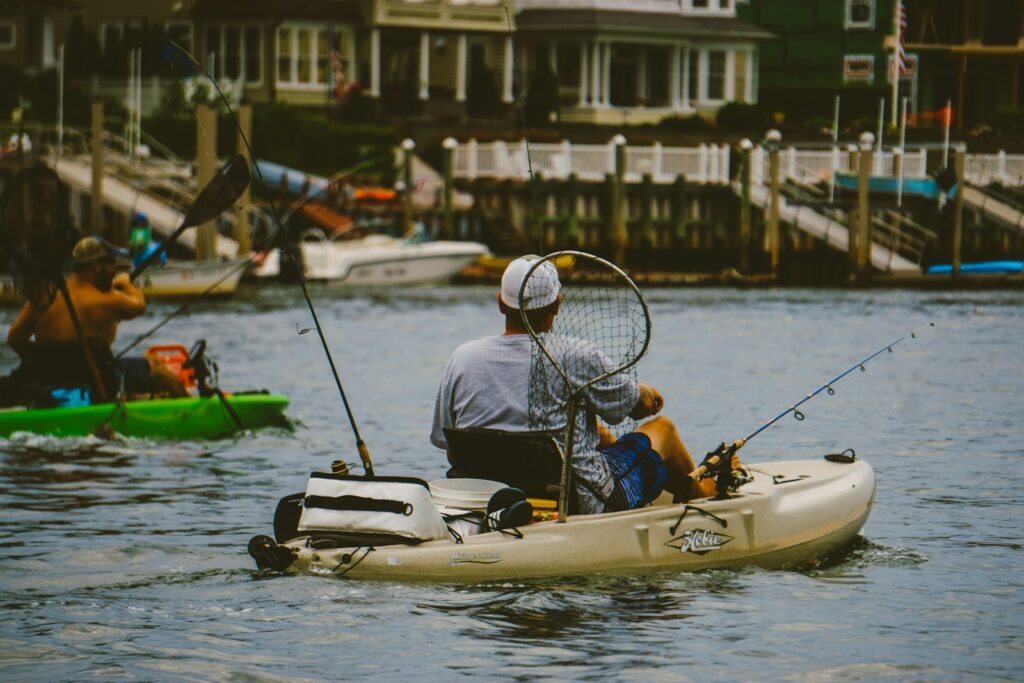
Before embarking on your kayak fishing journey, proper equipment is crucial for both safety and success. A fishing-specific kayak offers advantages over recreational models, with features like wider, more stable hulls and customized storage for tackle and catches. Personal flotation devices (PFDs) designed specifically for anglers provide both safety and functionality with multiple pockets for storing small items. Weather-appropriate clothing is essential, with quick-drying fabrics and layering options to handle changing conditions on the water. Additional must-haves include a waterproof container for electronics, a first aid kit, sun protection, a whistle for emergencies, and fishing equipment tailored to your target species and location.
Investing in a quality paddle and considering a paddle leash can prevent frustrating situations if you accidentally drop your paddle while focused on landing the big one.
Lake Michigan: Smallmouth Bass Paradise
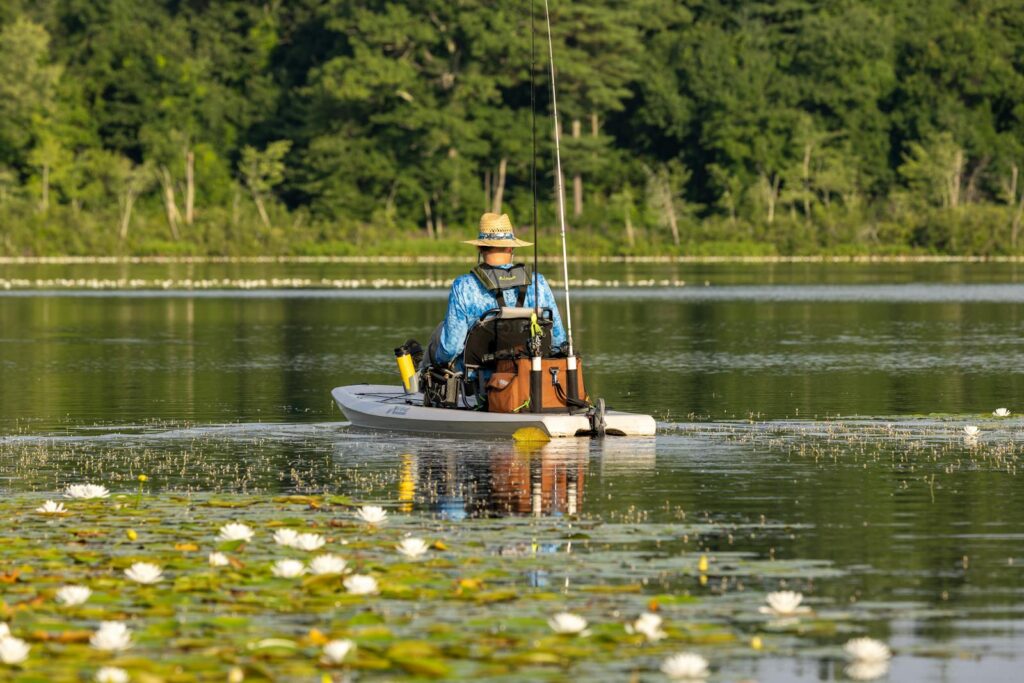
Lake Michigan stands as one of the premier destinations for kayak anglers seeking trophy smallmouth bass. The lake’s eastern shoreline, particularly around Door County, Wisconsin, and Michigan’s Grand Traverse Bay, offers exceptional fishing opportunities from spring through fall. Rocky points, dropoffs, and weed beds create perfect habitats for smallmouth that routinely reach 4-5 pounds. Beyond bass, kayak anglers can target salmon, steelhead, and lake trout in deeper waters, though these pursuits often require more specialized equipment and techniques. The vastness of Lake Michigan demands respect from kayakers—always check weather forecasts, stay within your abilities, and consider fishing protected bays and inlets when winds exceed 10 mph.
Early mornings and evenings typically provide both the best fishing action and the calmest water conditions for a safe and productive experience.
Boundary Waters Canoe Area: Minnesota’s Hidden Gem
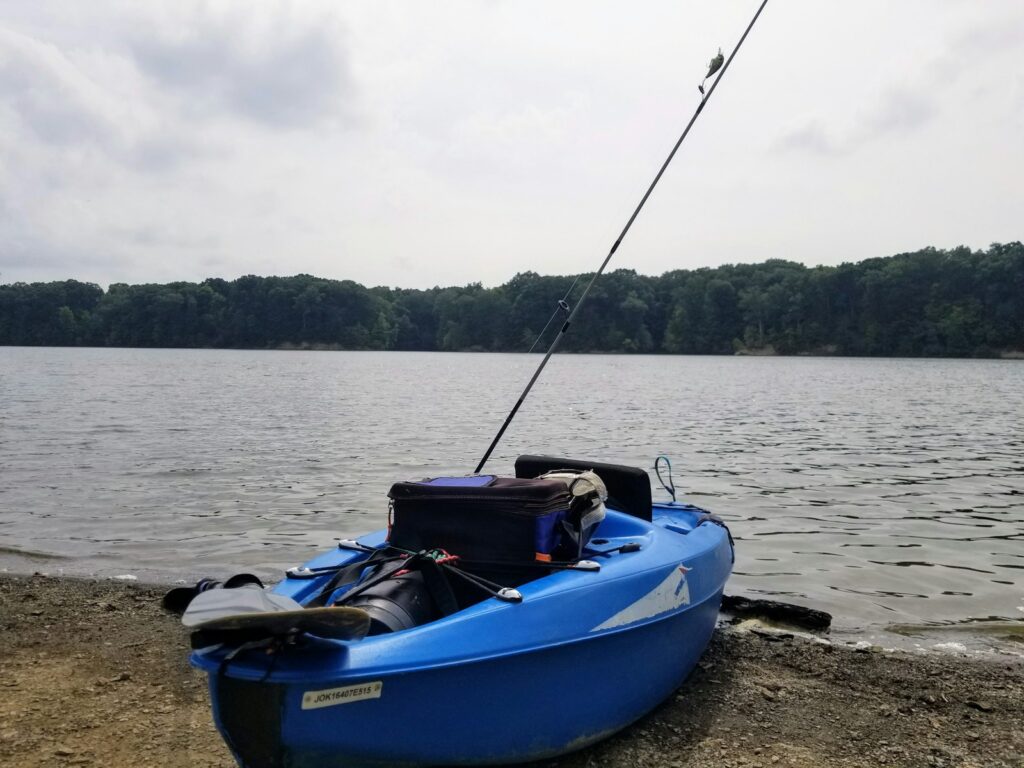
The Boundary Waters Canoe Area (BWCA) sprawls across northern Minnesota with over a million acres of pristine wilderness containing more than 1,100 lakes. This protected region offers a truly immersive kayak fishing experience where anglers can paddle and portage between interconnected waterways while targeting walleye, northern pike, smallmouth bass, and lake trout. The area’s remoteness provides not only exceptional fishing but also unparalleled natural beauty and wildlife sightings including bald eagles, moose, and otters. Many lakes within the BWCA have specific regulations to maintain the quality of the fishery, including catch-and-release requirements and slot limits.
For those seeking a multi-day adventure, numerous campsites dot the shorelines, allowing for extended fishing expeditions, though permits are required and should be reserved well in advance, especially during peak summer months.
Columbia River: Pacific Northwest Treasure
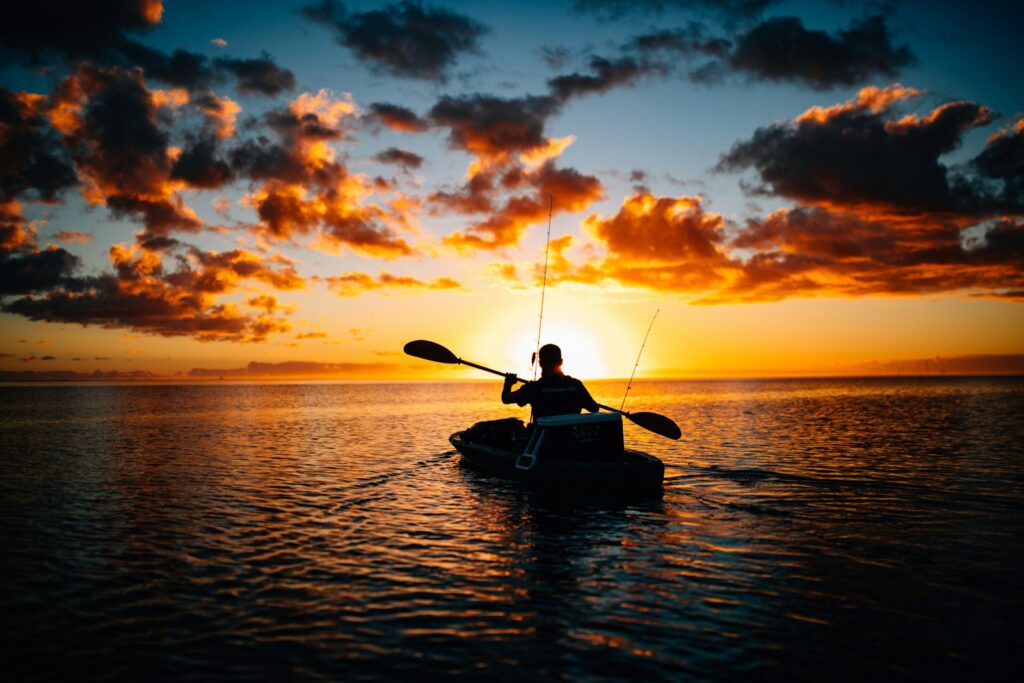
Flowing through Washington and Oregon, the Columbia River offers kayak anglers an incredible diversity of fishing opportunities throughout its massive watershed. The river hosts significant runs of salmon and steelhead, with fall Chinook season creating particularly exciting opportunities as these powerful fish return to spawn. Sturgeon fishing in the lower Columbia provides the chance to battle prehistoric giants that can exceed 10 feet in length, though most caught are smaller juveniles that must be released. Bass anglers find excellent smallmouth fishing, especially in the warmer months when these fish become active in the river’s many rocky sections and backwaters.
Kayakers should be mindful of commercial shipping traffic, hydroelectric dams that create hazardous conditions, and seasonal wind patterns that can quickly transform calm sections into challenging paddle conditions, particularly in the Columbia River Gorge area.
Lake Guntersville: Alabama’s Bass Fishing Mecca
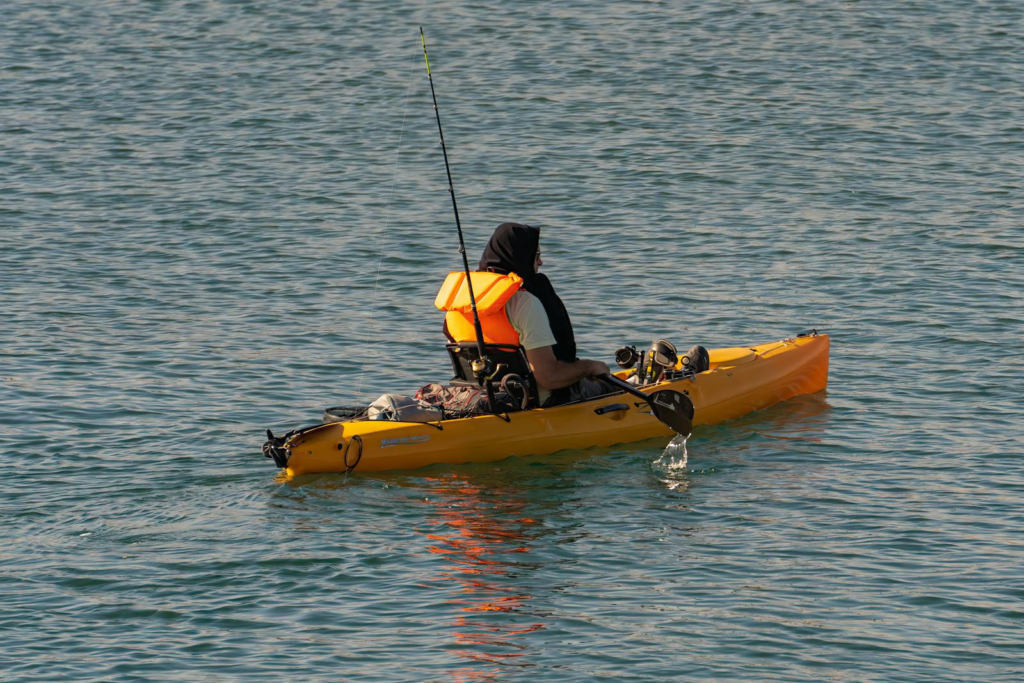
Consistently ranked among America’s top bass fishing destinations, Lake Guntersville’s 69,000 acres of water in northern Alabama offer kayak anglers outstanding opportunities for largemouth bass, with many exceeding the 8-pound mark. The lake’s extensive hydrilla and milfoil beds create perfect ambush points for predatory bass, while numerous creek arms, bridges, and submerged structures provide additional productive fishing zones throughout the year. Spring and fall typically deliver the most consistent action, though summer night fishing around lighted docks can produce exceptional results. Beyond bass, crappie and catfish provide alternative targets when the bass bite slows.
Kayakers benefit from numerous access points around the lake and the protection offered by countless coves and inlets when wind conditions on the main lake become challenging. The surrounding mountains create breathtaking scenery, particularly during fall when colorful foliage reflects on the water’s surface.
Everglades National Park: Florida’s Subtropical Wonderland
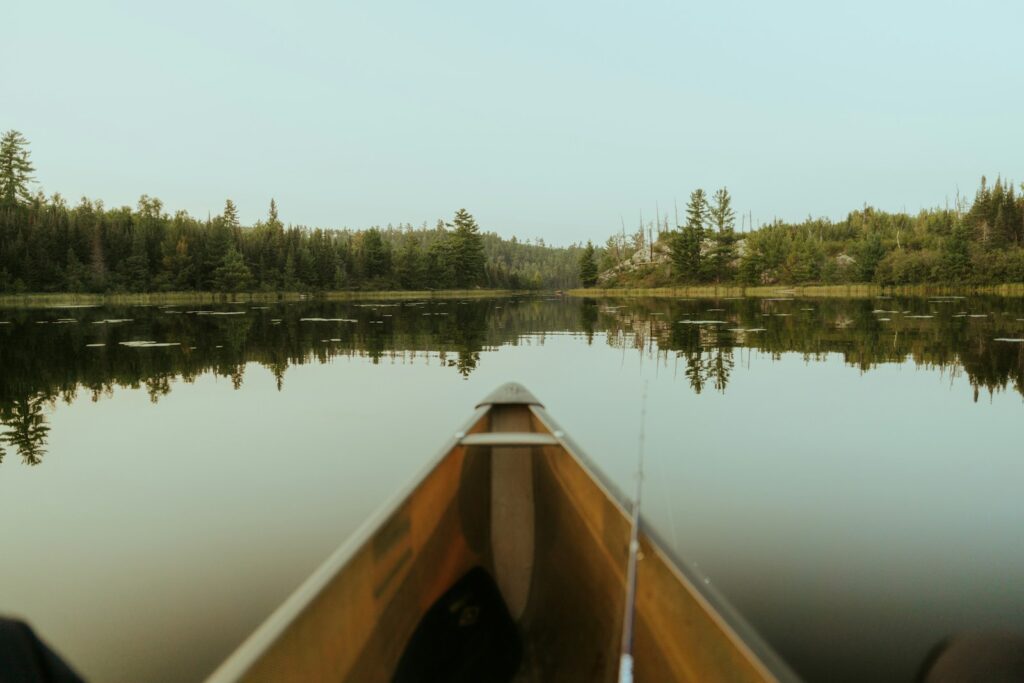
The intricate network of mangrove-lined waterways, shallow flats, and backcountry bays within Everglades National Park creates a kayak angler’s paradise unlike any other in America. This unique ecosystem supports an incredible diversity of gamefish including snook, redfish, spotted seatrout, tarpon, and even the occasional bonefish or permit on the park’s southern fringes. The park’s Ten Thousand Islands region offers seemingly endless exploration opportunities where anglers can spend days navigating through remote areas while sight-casting to fish in crystal clear waters.
Wildlife encounters add another dimension to the experience, with dolphins, manatees, ospreys, and numerous wading birds commonly spotted during fishing excursions. Paddlers should prepare for the subtropical climate with proper sun protection, insect repellent, and ample water, while also researching tidal patterns that dramatically affect both navigation and fishing success in this unique environment.
Lake Powell: Desert Canyon Fishing Adventure
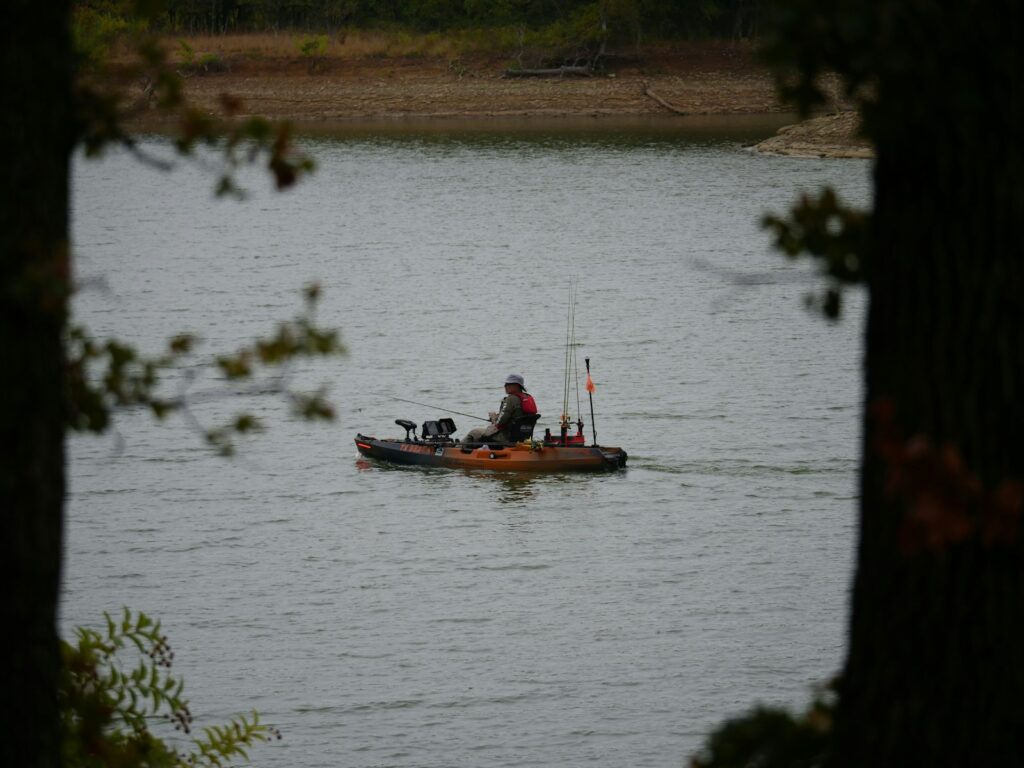
Straddling the Utah-Arizona border, Lake Powell presents one of the most visually striking kayak fishing destinations in America, with towering red rock canyon walls rising dramatically from turquoise waters. The lake’s 1,960 miles of shoreline create countless fishing opportunities for smallmouth bass, largemouth bass, striped bass, walleye, and crappie. The numerous side canyons provide both protection from the wind and excellent structure where fish concentrate, making them perfect for kayak exploration. Spring and fall offer the most comfortable weather conditions, though summer mornings can be productive before the intense desert heat builds.
Camping options abound along the shoreline, allowing for multi-day fishing adventures in areas far from the marina-based powerboat traffic. Kayakers should plan carefully, as the remote nature of many areas requires self-sufficiency, and the vast size of the reservoir demands respect for changing weather conditions that can create challenging paddling situations.
The Mississippi River: America’s Iconic Waterway

The mighty Mississippi River offers diverse kayak fishing opportunities along its 2,300-mile journey from Minnesota to the Gulf of Mexico. The upper Mississippi, particularly through Minnesota, Wisconsin, and Iowa, provides excellent smallmouth bass, walleye, and northern pike fishing in a more manageable setting for kayakers than the massive lower sections. Countless backwaters, side channels, and oxbow lakes create perfect environments for kayak fishing, offering protection from the main channel’s commercial traffic and stronger currents. Wing dams, riprap shorelines, and submerged timber hold concentrations of fish throughout the system, rewarding anglers who learn to read these river structures.
The river’s seasonal patterns dramatically affect fishing conditions, with spring often bringing high, muddy water while late summer and fall typically offer clearer conditions and more predictable fish behavior. Local knowledge is particularly valuable on the Mississippi, as specific techniques and locations can vary significantly along its course.
Lake Champlain: Northeast Multi-Species Haven
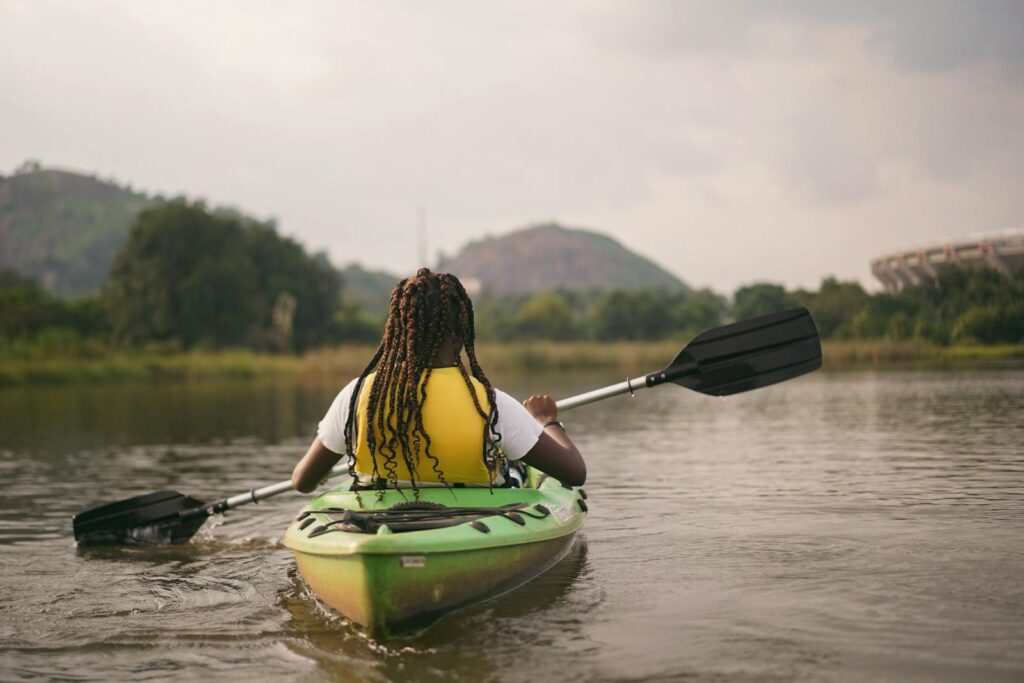
Stretching 120 miles along the New York-Vermont border, Lake Champlain offers kayak anglers an exceptional multi-species fishery in a stunning setting. The lake consistently ranks among the nation’s best smallmouth and largemouth bass destinations, with competitive anglers regularly needing 20+ pound five-fish limits to win tournaments. Beyond bass, Champlain hosts impressive populations of northern pike, walleye, lake trout, salmon, bowfin, and panfish, providing year-round fishing opportunities. The lake’s varied structure—from rocky points and dropoffs to extensive weed beds and shallow bays—creates distinct fisheries within the larger system, all accessible by kayak.
Numerous state parks, fishing access sites, and small town launches provide easy entry points around the lake. Kayakers should monitor weather conditions carefully, as this large body of water can develop dangerous waves quickly when winds increase, though many protected bays and inlets offer safer alternatives when the main lake becomes too rough.
Colorado River: Desert Canyon Exploration
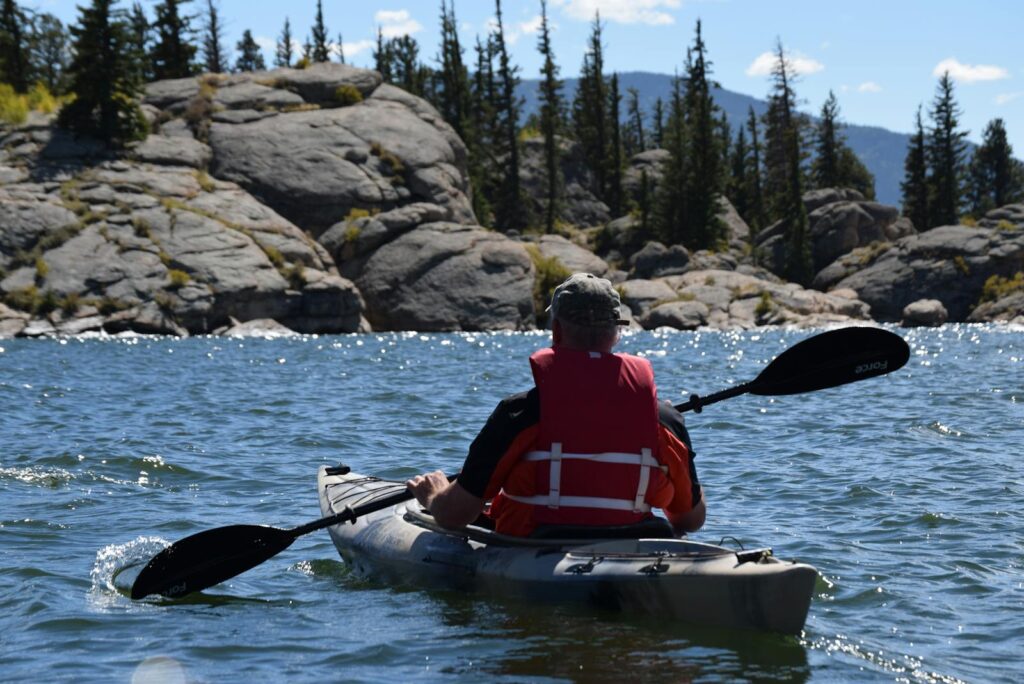
The Colorado River system offers remarkable kayak fishing opportunities as it winds through the American Southwest, with particularly outstanding sections below Davis Dam near Laughlin, Nevada, and through the Black Canyon below Hoover Dam. These tailwater sections maintain cool, clear flows year-round, supporting healthy populations of rainbow and brown trout, striped bass, and smallmouth bass depending on the specific section. The dramatic desert canyon scenery creates an unforgettable backdrop for fishing adventures, with towering walls, hot springs, and diverse wildlife including desert bighorn sheep.
Current flow rates dramatically affect both fishing conditions and paddling difficulty, making it essential to check dam release schedules before planning your trip. Many sections offer primitive camping on sandbars, allowing for multi-day fishing expeditions through remote canyon stretches where motorized access is limited or non-existent, providing a wilderness experience despite the managed nature of these river sections.
Lake Okeechobee: Florida’s Inland Sea
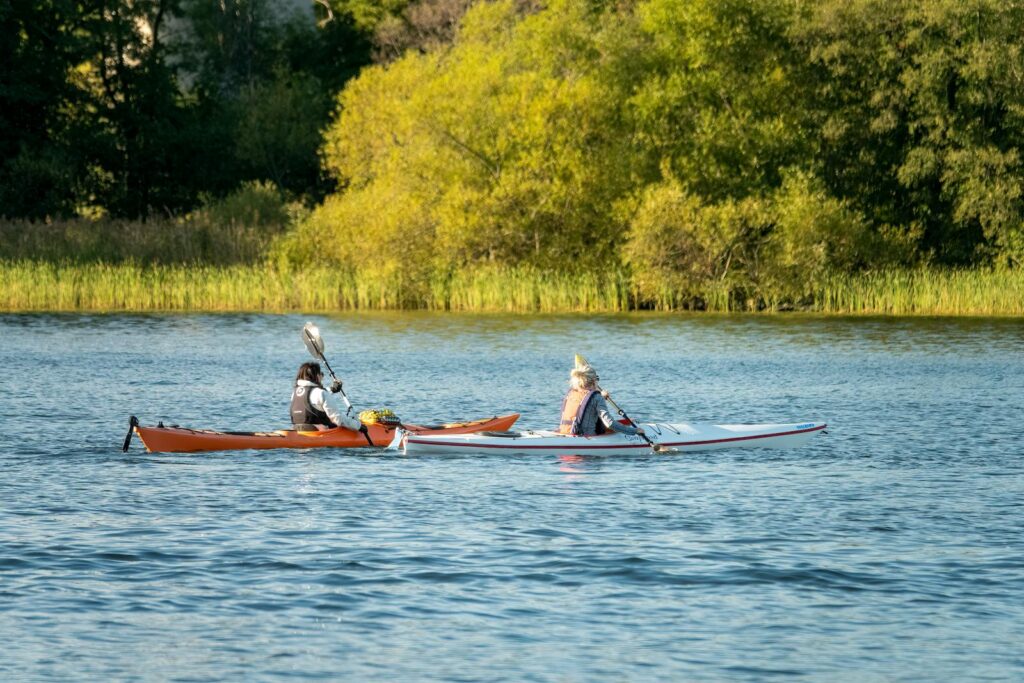
Covering more than 730 square miles, Lake Okeechobee stands as Florida’s largest freshwater lake and one of America’s most productive bass fisheries, earning its nickname as the “Big O.” The lake’s vast expanse of shallow water averages just 9 feet deep, creating perfect conditions for expansive vegetation growth that supports an incredible largemouth bass population, with trophy fish exceeding 10 pounds regularly caught during winter and spring months. Beyond bass, crappie (locally called speckled perch) provide excellent action during cooler months, while bluegill and other panfish offer consistent opportunities year-round.
Kayak anglers benefit from accessing productive fishing zones close to shore, particularly along the lake’s western and northern regions where extensive bulrush, eel grass, and peppergrass beds create perfect fish habitat. The Herbert Hoover Dike surrounding the lake offers numerous access points for kayakers, though paddlers should stay aware of wind forecasts, as even moderate breezes can quickly create challenging wave conditions on this large, shallow system.
Safety Considerations for Kayak Anglers
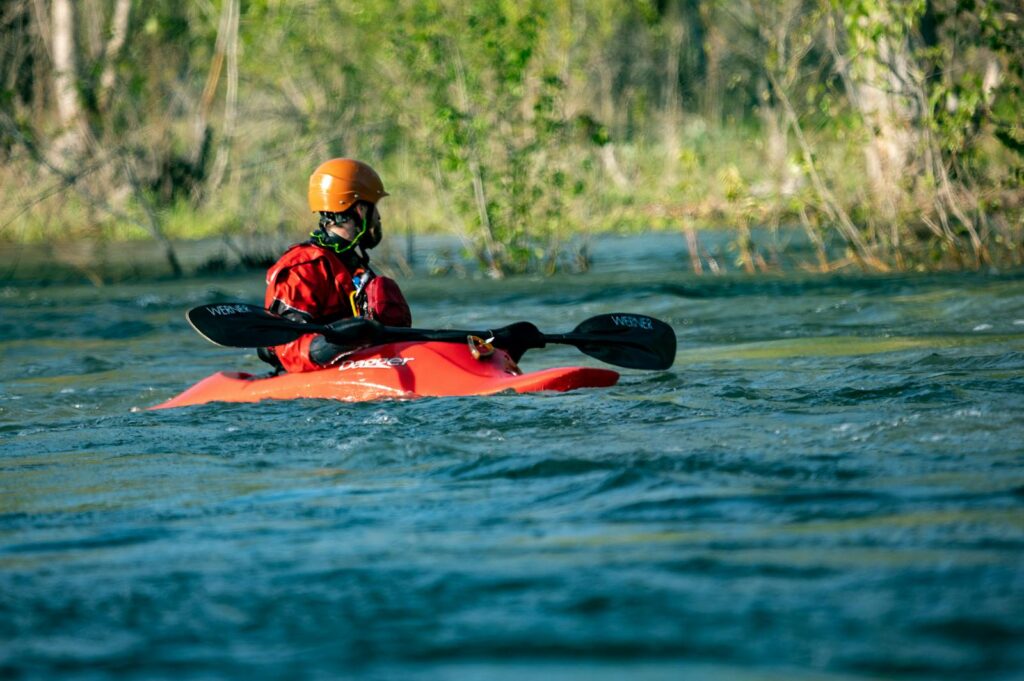
While kayak fishing offers incredible experiences, safety must remain the top priority on every outing. Always wear a properly fitted personal flotation device (PFD), regardless of swimming ability or water conditions, as unexpected situations can arise instantly on the water. File a float plan with someone reliable before departing, detailing your planned route, expected return time, and emergency contacts. Carry essential safety equipment including a whistle, flashlight, first aid kit, and communication device (preferably waterproof or in waterproof housing). Dress for water temperature rather than air temperature, as immersion in cold water can lead to hypothermia within minutes, making wetsuits or drysuits essential for cold-weather fishing.
Develop the skills to self-rescue in case of capsizing, and whenever possible, fish with partners rather than alone, especially in more remote or challenging environments. Weather awareness remains crucial—check forecasts before departing and know the warning signs of approaching storms or changing conditions that might necessitate cutting your trip short.
Conservation and Ethical Angling Practices
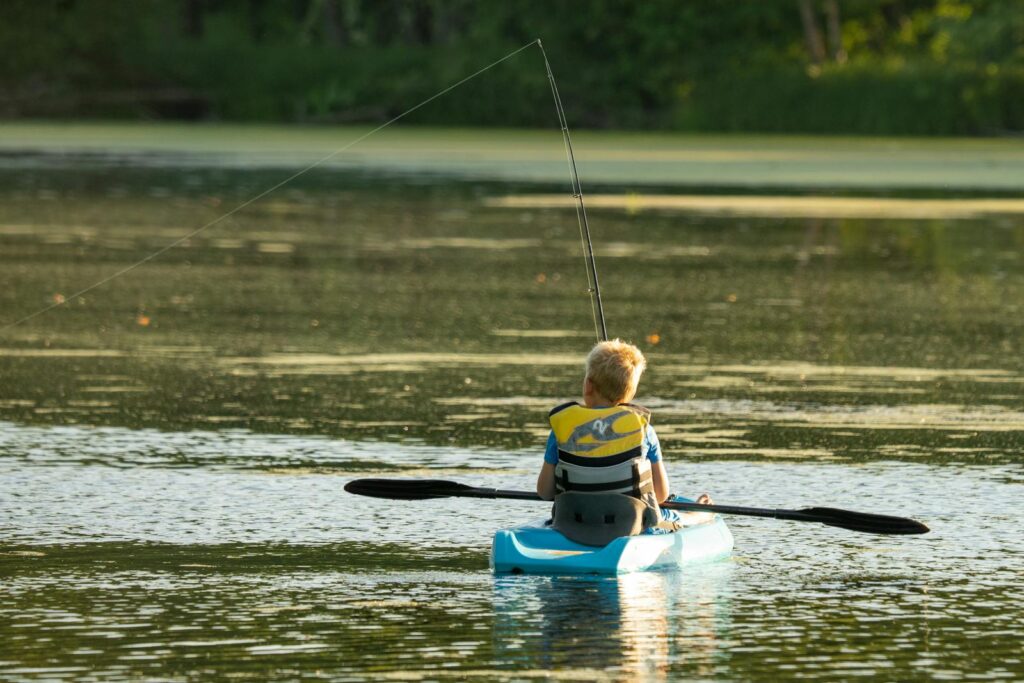
As kayak anglers, we enjoy unique access to sensitive aquatic habitats, bringing with it a responsibility to practice conservation-minded fishing. Following catch-and-release best practices ensures fish can recover after being caught, including using appropriate tackle, minimizing handling time, keeping fish in the water when possible, and using barbless hooks to reduce injury. Understanding and adhering to local fishing regulations protects vulnerable fish populations and preserves opportunities for future anglers. Paddlers should practice “leave no trace” principles by packing out all trash, avoiding damage to shoreline vegetation, and respecting wildlife by maintaining appropriate distances.
Supporting conservation organizations that protect waterways and improve fish habitat helps ensure these special places remain vibrant for generations to come. Many kayak fishing tournaments now incorporate conservation-focused formats such as catch-photo-release, which eliminates the need for livewells and minimizes stress on fish while still allowing for competitive events.
Conclusion
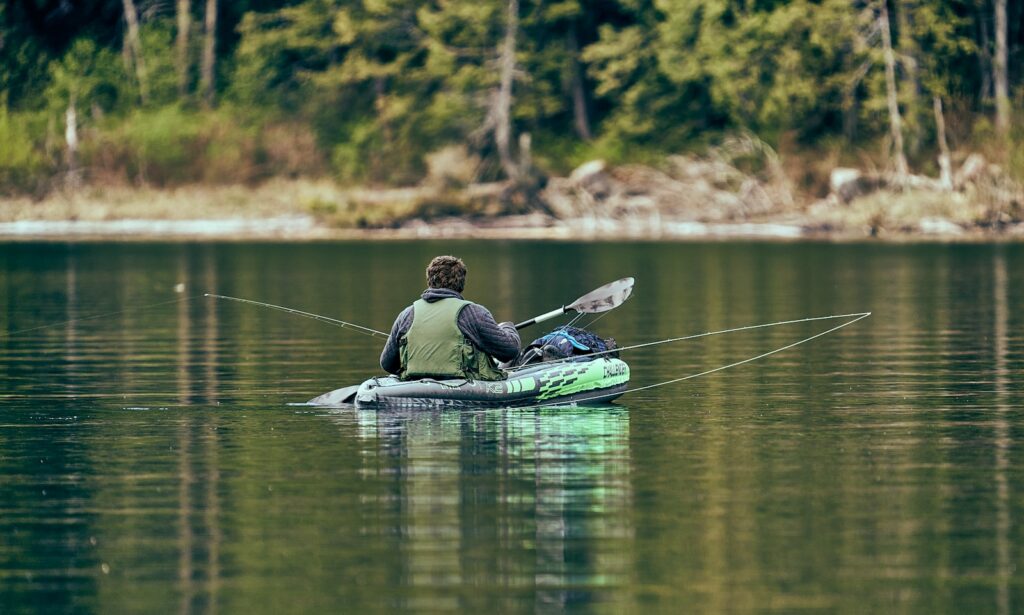
Whether you’re casting for smallmouth bass among the rock formations of Lake Champlain or stalking redfish through the mangrove mazes of the Everglades, kayak fishing offers a uniquely intimate way to experience America’s diverse waterways. The destinations highlighted represent just a fraction of the incredible opportunities available across the country, with countless local gems waiting to be discovered in every region. As this sport continues to grow, remember that the journey—gliding silently across misty morning waters, watching ospreys dive for their breakfast, and feeling truly connected to the aquatic world—often provides rewards that rival even the most impressive catch.
Pack your gear, research your destination, prioritize safety, and discover why so many anglers have fallen in love with the special combination of paddling and fishing that only a kayak can provide.
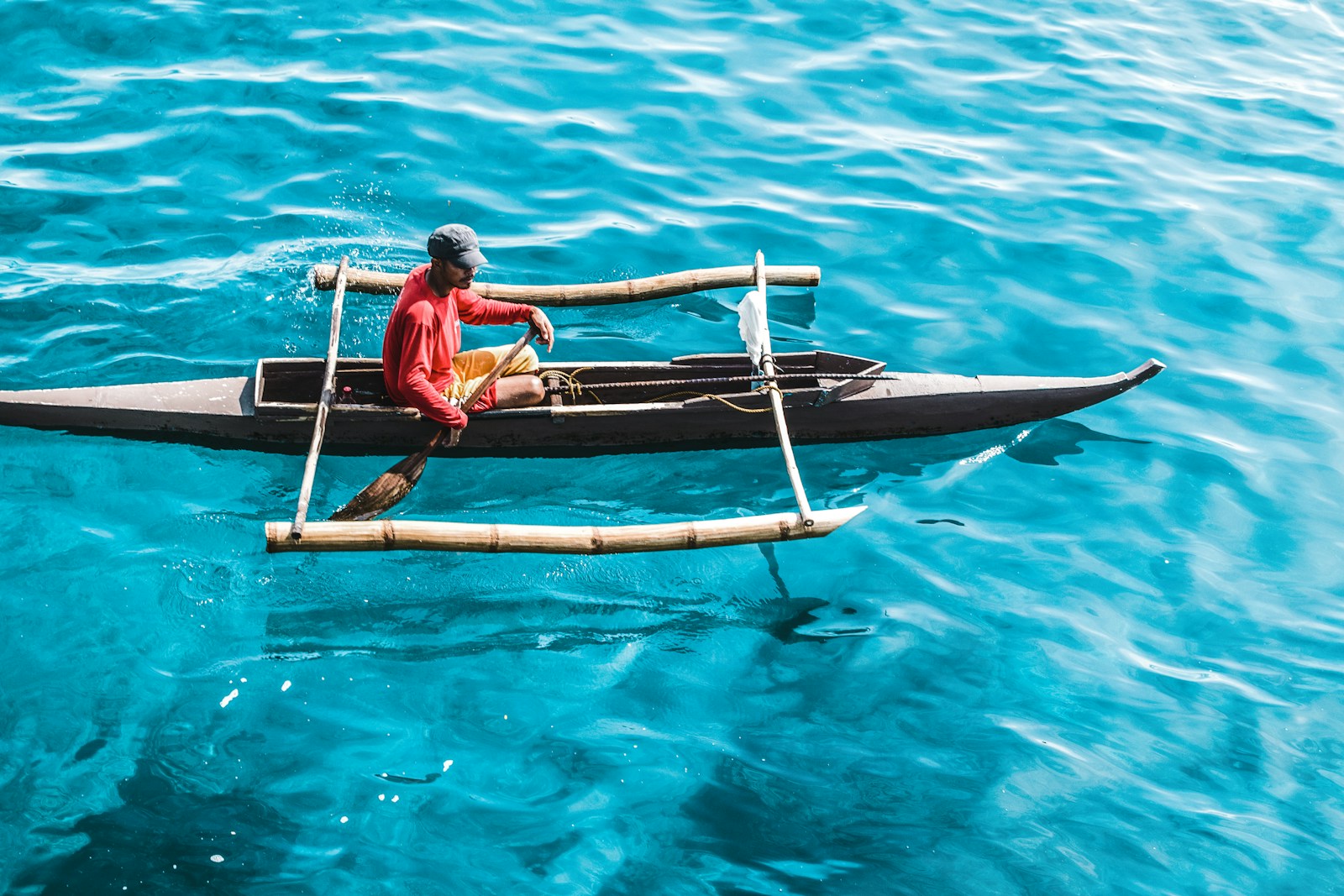

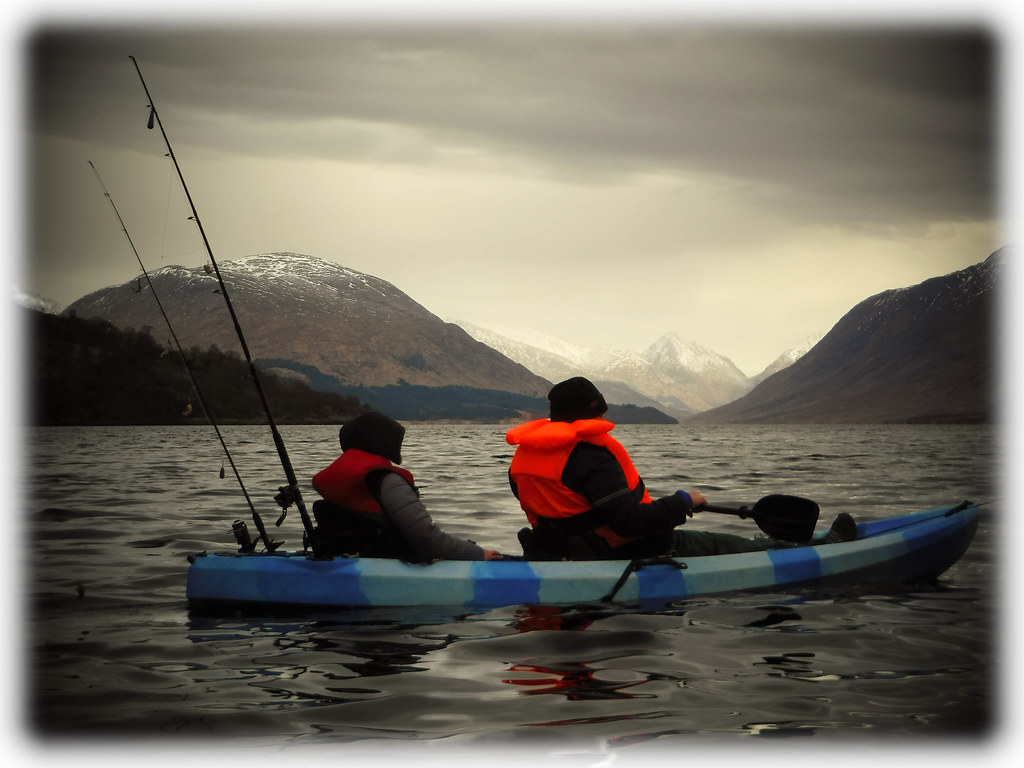











Post Comment